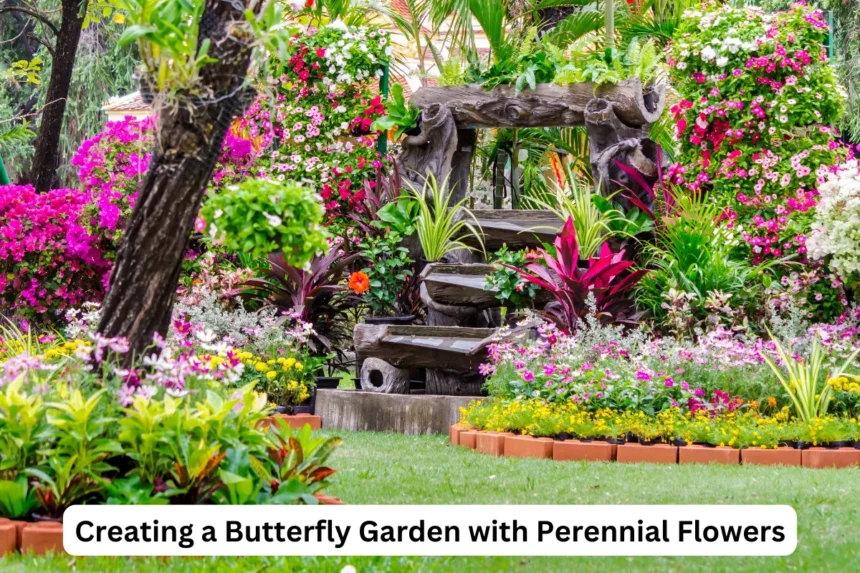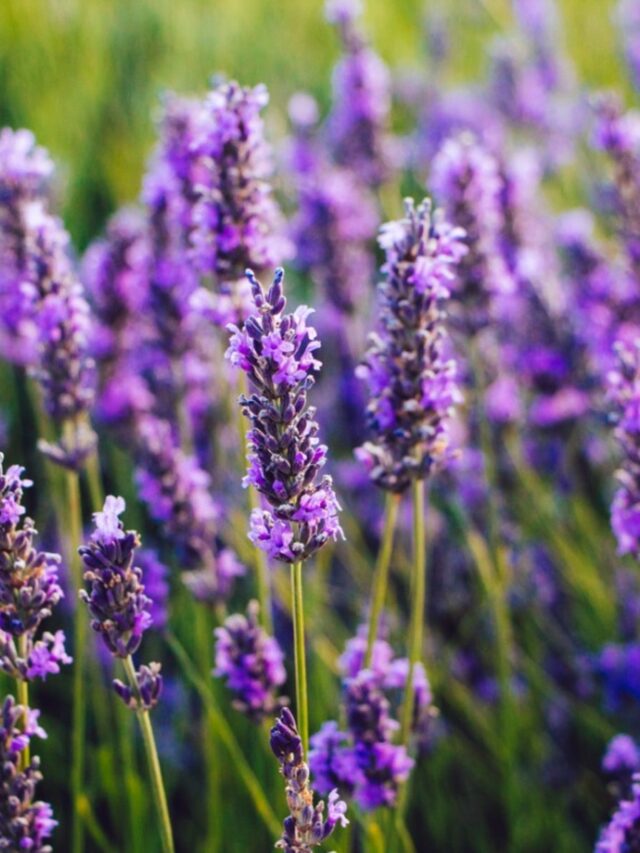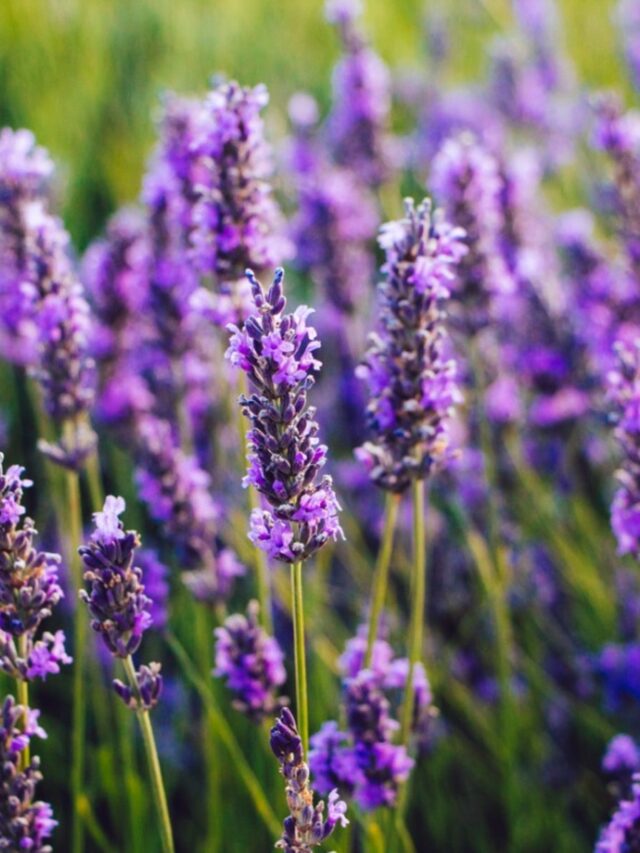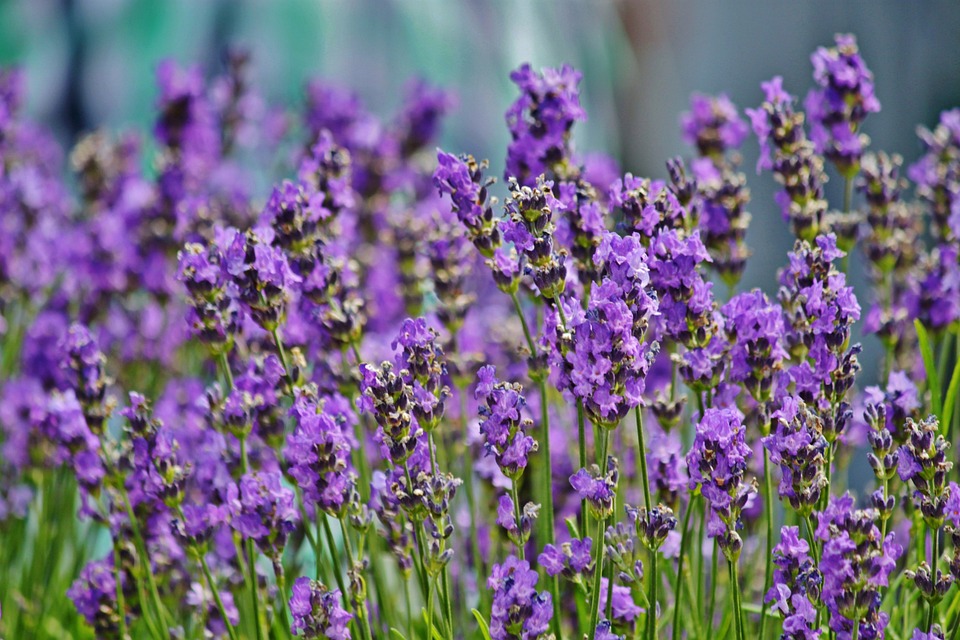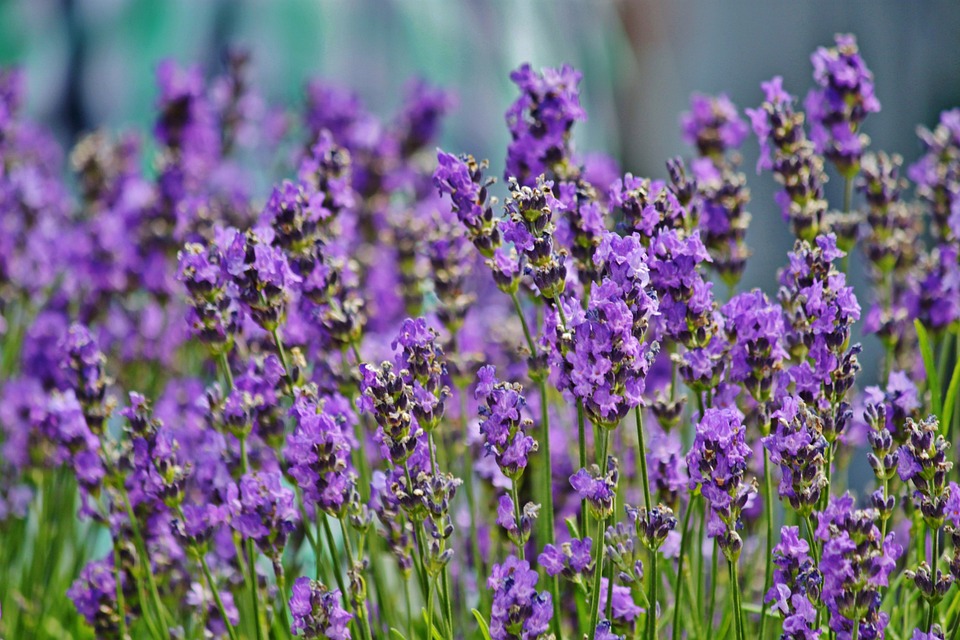Butterfly gardens are not just a delight for the eyes; they are vital havens for these delicate creatures that play a crucial role in pollination.
By planting perennial flowers specifically chosen to attract butterflies, you can create a vibrant and sustainable ecosystem right in your backyard.
Perennial flowers offer the advantage of returning year after year, providing a reliable food source and habitat for butterflies throughout their life cycles.
Here’s how you can plan and create your own butterfly garden using perennial flowers.
Understanding Butterfly Habitats

Before diving into plant selection, it’s important to understand the basic needs of butterflies:
Food (Nectar Plants): Adult butterflies primarily feed on nectar from flowers. They are attracted to flowers with bright colors, such as red, yellow, orange, and purple.
Host Plants: Female butterflies lay their eggs on specific plants, known as host plants, which caterpillars feed on after hatching. Each butterfly species has its preferred host plants.
Shelter and Water: Butterflies need sheltered spots to rest during windy or rainy weather, as well as shallow puddles or moist areas for drinking.
Choosing Perennial Flowers for Your Butterfly Garden
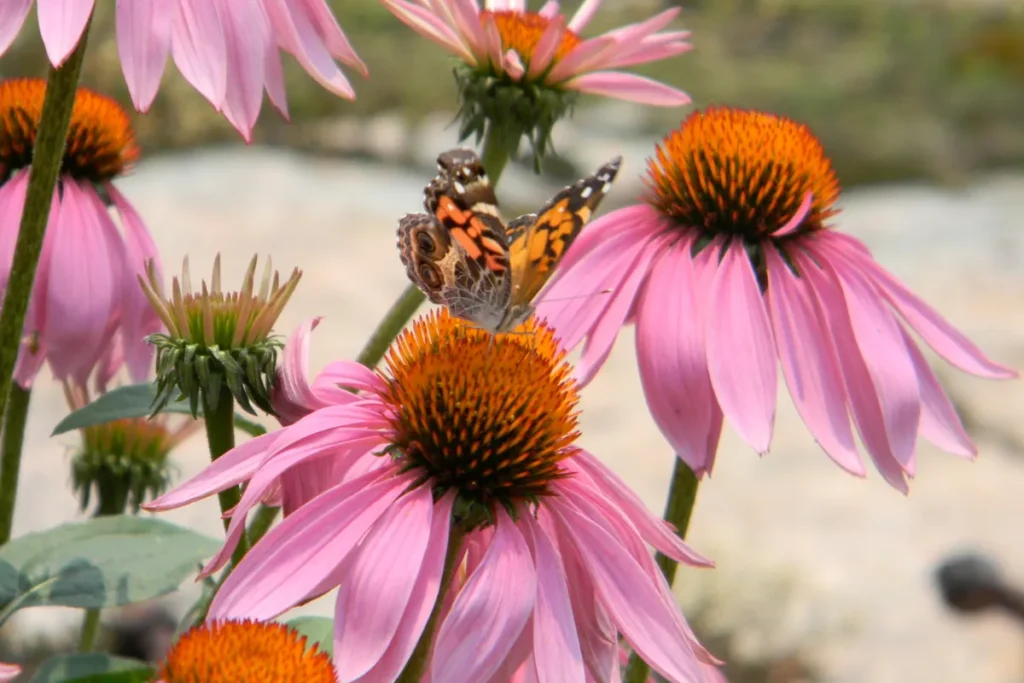
Selecting the right perennial flowers ensures your garden remains attractive to butterflies throughout the seasons.
Here are some popular choices categorized by their attractiveness to butterflies:
Spring-Blooming Perennials:

Lavender (Lavandula spp.): Known for its fragrant purple flowers, lavender attracts butterflies while repelling pests.
Columbine (Aquilegia spp.): Its unique shape and color variations make it a favorite among butterflies and hummingbirds alike.
Summer-Blooming Perennials:
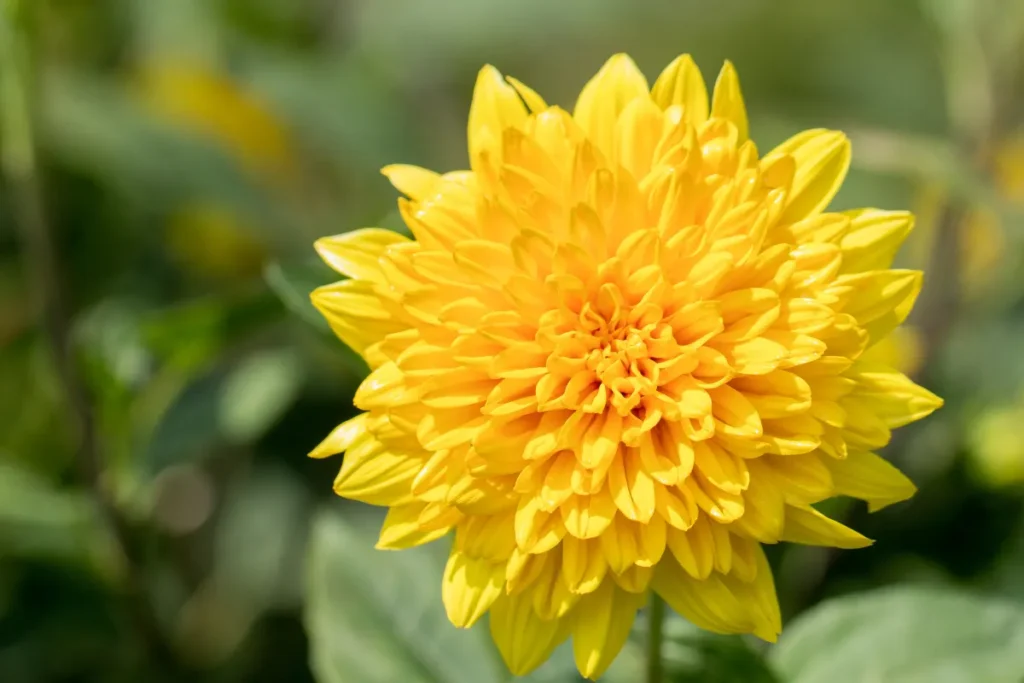
Black-eyed Susan (Rudbeckia spp.): These bright yellow flowers with dark centers are a magnet for butterflies, bees, and other pollinators.
Purple Coneflower (Echinacea purpurea): Not only does it attract butterflies with its nectar, but birds also enjoy its seeds in fall.
Fall-Blooming Perennials:
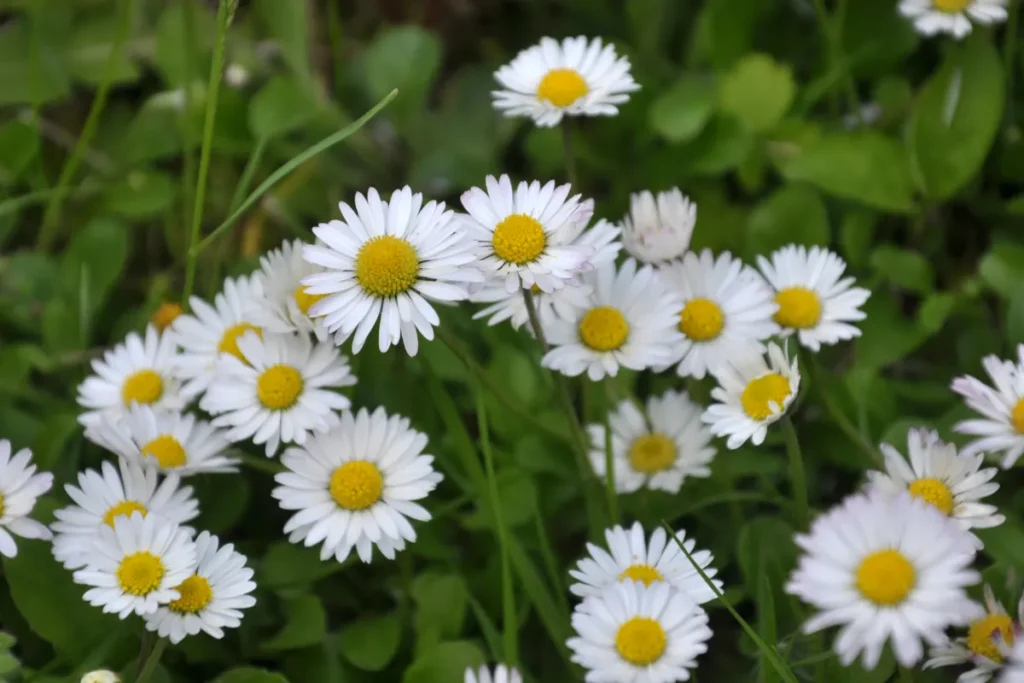
Aster (Symphyotrichum spp.): With its late-season blooms in shades of purple, blue, and white, asters provide essential late-season nectar.
Sedum (Sedum spp.): Known for its drought tolerance and late-season blooms, sedum provides a vital food source for butterflies preparing for migration.
Designing Your Butterfly Garden

When designing your garden, consider these tips to maximize its appeal to butterflies:
Group Plants by Type: Clustering plants together makes it easier for butterflies to locate them and increases the chances of successful pollination.
Include Different Heights: Create layers within your garden using tall, medium, and low-growing plants to attract a diverse range of butterfly species.
Provide Shelter: Incorporate shrubs, tall grasses, or even a small butterfly house to provide shelter from wind and predators.
Avoid Pesticides: Chemical pesticides harm butterflies and other beneficial insects. Instead, opt for natural pest control methods or plant species that naturally repel pests.
Add a Water Source: A shallow dish filled with sand and water provides butterflies with a place to drink and gather minerals.
Maintaining Your Butterfly Garden
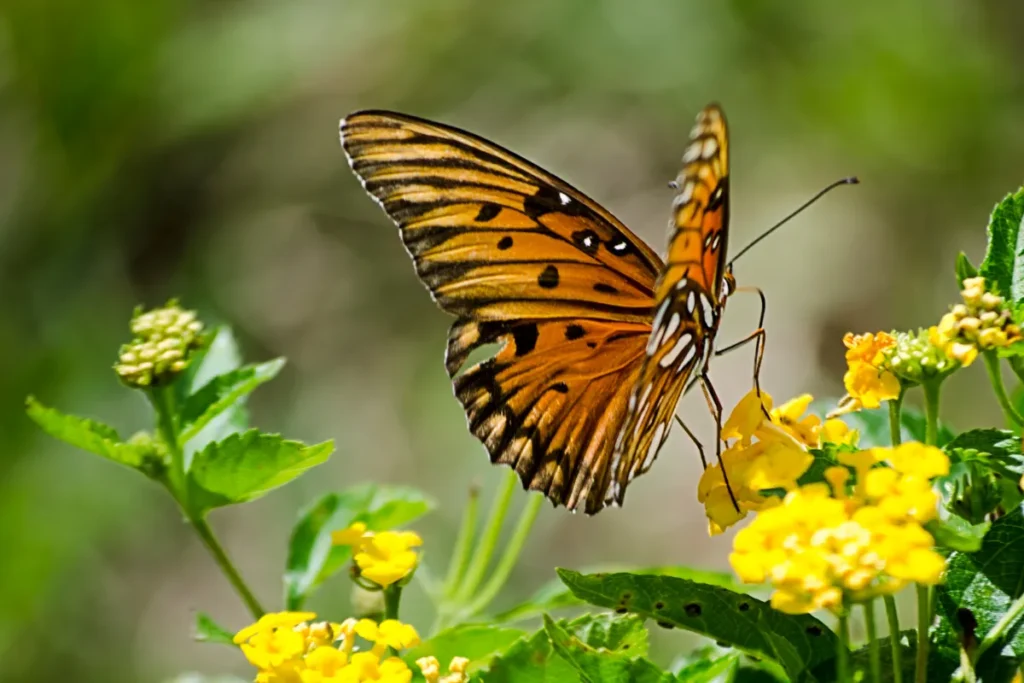
To ensure your butterfly garden thrives:
Regular Watering: Water plants deeply and consistently, especially during dry spells.
Deadheading: Remove spent flowers to encourage continuous blooming and nectar production.
Pruning: Prune back plants in early spring to promote healthy growth and prevent overcrowding.
Mulching: Apply a layer of organic mulch around plants to retain moisture and suppress weeds.
Conclusion
Creating a butterfly garden with perennial flowers is a rewarding endeavor that benefits both your local ecosystem and your enjoyment of nature.
By carefully selecting and arranging plants that provide food and habitat for butterflies throughout their life
cycles, you can attract these beautiful creatures to your garden year after year.
Whether you have a small balcony or a sprawling backyard, a butterfly garden filled with perennial flowers
can be tailored to fit any space, bringing color, life, and ecological balance to your outdoor environment.
Start planning your butterfly garden today and witness firsthand the magic of butterflies fluttering among the blooms.

